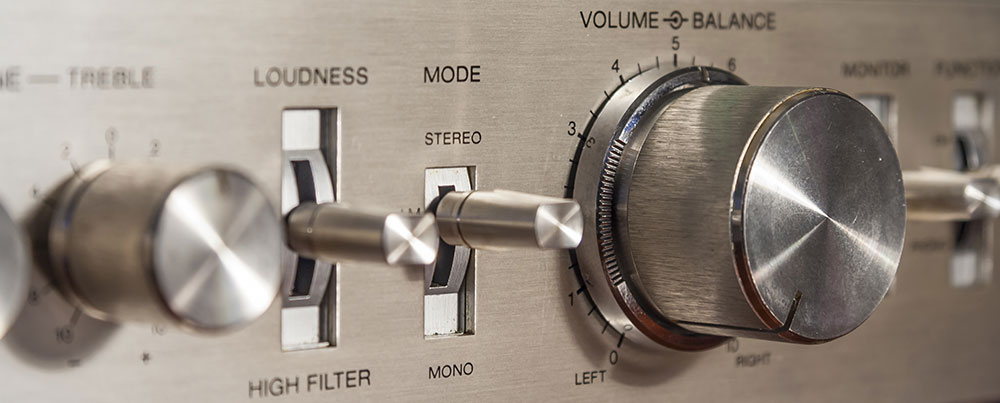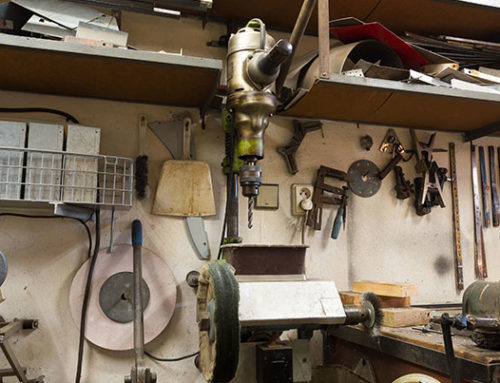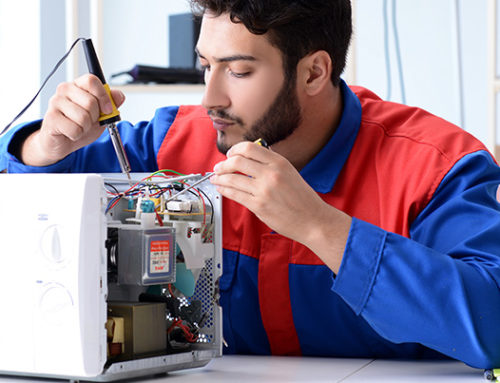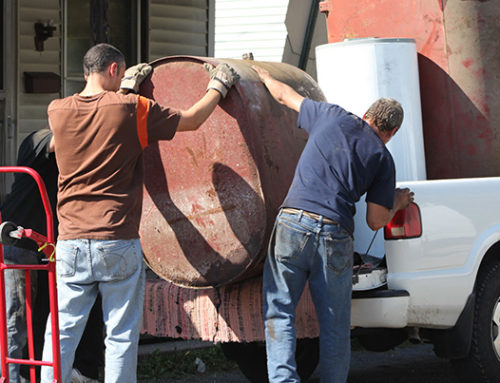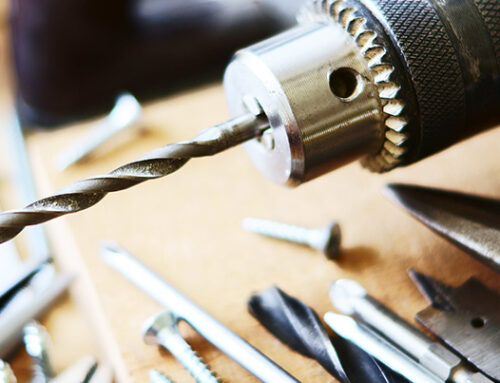When a car or home stereo goes bad, rather than throw it out, it’s worth the effort to take it apart at least a little bit and get at some of the potentially valuable scrap metal inside.
In this post, we’ll give you some tips and tricks to make the process of dismantling a stereo easier. Metals such as copper and even gold (in small amounts) are often available inside stereos, and even the wiring and motherboards can have significant value.
Before beginning to dismantle a stereo or any other appliance or electronic device, it’s important to make sure it is completely disconnected from all power sources. For a home stereo, unplug it from the wall, and cut the cord—this can be sold as insulated wire! Before dismantling a car stereo head unit, remove it from the dashboard. Stay safe, scrappers!
Getting Inside the Stereo
You can do some basic dismantling of virtually any stereo with only a screwdriver. Both car and home stereos often have outer coverings that are held on only by screws that can be easily removed. If these coverings are made of metal, as they almost always are in car stereos, they’ll have some scrap value—but the real value is to be had by looking into the inner workings of the stereo.
When dismantling a car stereo, be sure to remove the faceplate first if it is removable. Many of the most valuable components can often be found in the faceplate, such as e-waste in the form of the motherboard and gold-plated connecter pins.
One of your main goals should be removing all the plastic components, especially the outer casing. This is especially true when it comes to home stereos, which will often utilize far more plastic than car stereos.
While plastics don’t have scrap value, they can usually be recycled in municipal recycling collection programs!
What to Look For
Inside a home stereo or the main body of a car stereo, look for wiring. This is often not very valuable on its own, but there is usually a lot of it, and it’s easy to get out. Most wires can simply be pulled out by hand, although a handy pair of wire cutters can make the process much easier.
You should also look for any large coils of wire. These are fairly common, and can provide a lot more weight than many other components.
There are also computer boards sprinkled throughout many stereos. For example, in many car stereos, there will be one in the faceplate and one under the CD tray. Be sure to take these out and separate them from your other scrap to earn the most money for your scrapped stereo.
Last but not least, look for motors. These will often look like metal cylinders, and can be found around CD trays, tape decks, and similar components that require motion to operate.
Have you ever dismantled a stereo for scrap? If not, it’s certainly worth a try, and is better for both the environment and your wallet than simply throwing the stereo out!

